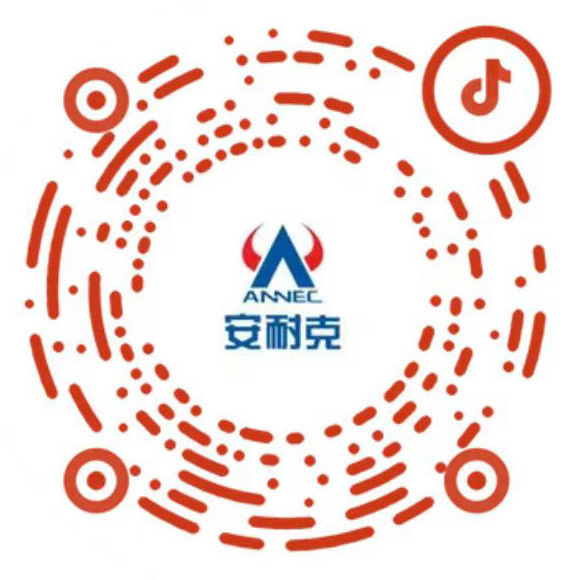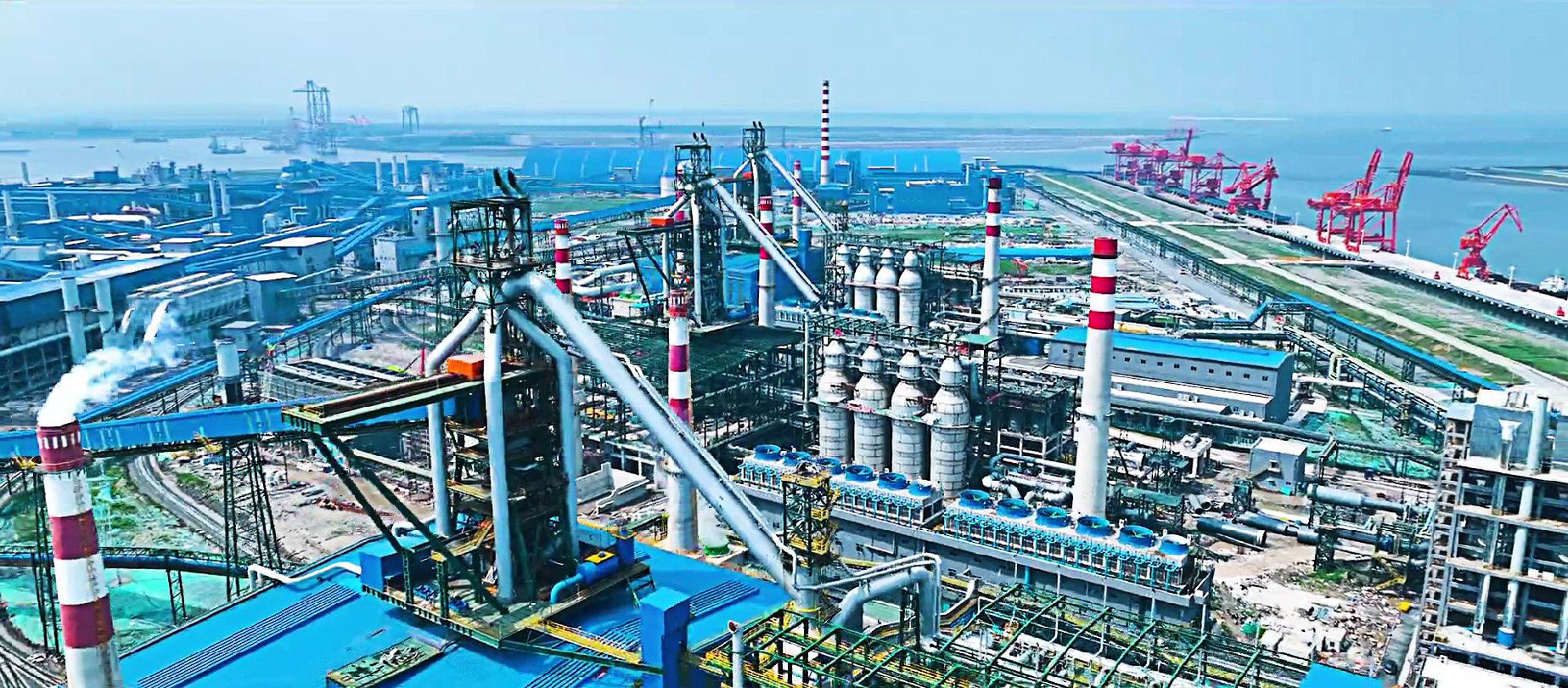Service
High-efficiency low-carbon hot-blast stove, green intelligent Annec
High temperature industry
In 2004, Annec cooperated with China Metallurgical Jingcheng Engineering Technology Co., Ltd. to develop a rotary cutting top-burning hot blast stove. With its advanced technology and reliability, the hot blast stove has been widely applied to more than 1600 hot blast stoves in more than 500 blast furnaces from 450m to 3200m. It has won wide acclaim in the market and won the National Metallurgical Science and Technology Award and the Beijing Science and Technology Award.
After 10 years of application accumulation and continuous innovation, Annec has continuously optimized the system structure of top-burning hot-blast stove and standardized configuration of high-temperature materials on the basis of in-depth research on the operation data of various forms of hot-blast stoves. After more than 1,000 experiments, Annec cone column rotary cutting top-burning hot-blast stove was successfully developed in 2013 through numerical model, cold state and hot state experimental verification, breaking through the technical barriers of foreign hot-blast stove and owning completely independent intellectual property rights, it has the advantages of high air temperature, long life, low energy consumption, low emission and low investment.

Compared with other top-fired hot-blast stoves, Annec-type cone-column rotary-cut top-fired hot-blast stoves have more uniform air gas mixing and smaller difference between vault temperature and air supply temperature, which completely solves the pain points of traditional hot-blast stoves such as low air temperature, low thermal efficiency, high gas consumption and high carbon emission. It has the characteristics of circular energy saving, green environmental protection, low carbon and high efficiency. The specific advantages are as follows:
1. High air temperature: Compared with other hot air stoves, the air temperature is increased by more than 15 ℃;
2. Long life: no maintenance for more than 30 years;
Low energy consumption: the thermal efficiency of the system is higher than 90%, and the gas consumption is reduced by more than 5%;
Low emissions: NOx emissions are more than 65% lower than the national ultra-low emission standard;
5, low investment: reduce the project investment by more than 8%.

TikTok

Official Account
Copyright © Zhengzhou Annec Industrial Co., Ltd. Powered by www.300.cn Supports IPV6 SEO Business License
Copyright © Zhengzhou Annec Industrial Co., Ltd.
Powered by www.300.cn Supports IPV6

